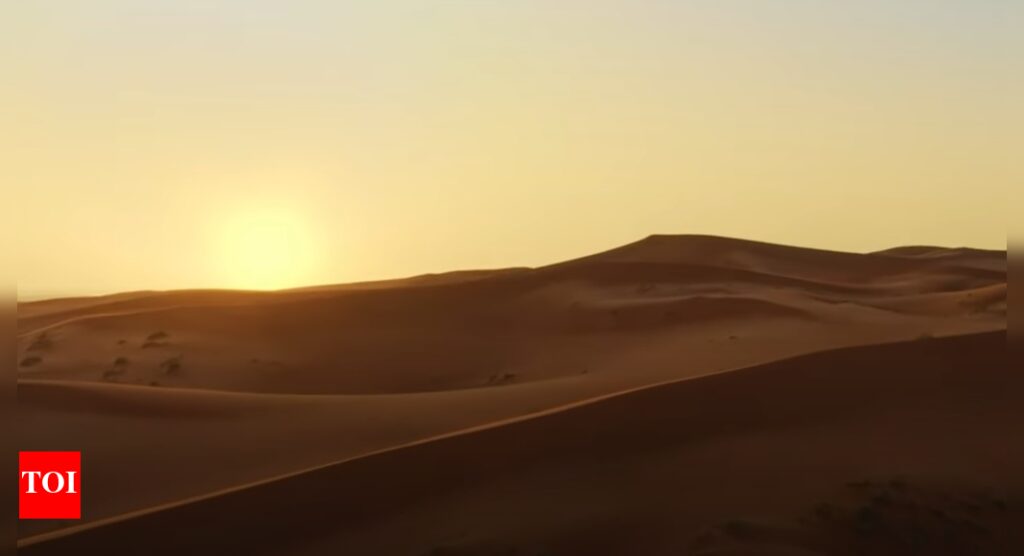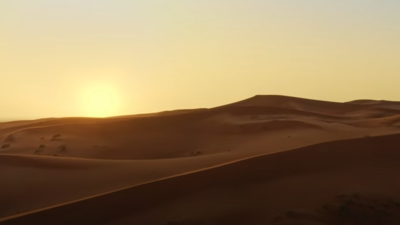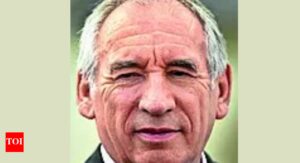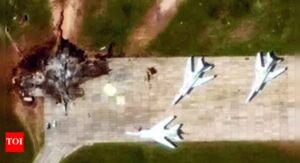UAE: Sharjah eyes UNESCO recognition for two more heritage sites after Jebel Faya inscription | World News

TL;DR
- Sharjah’s Mleiha and
Wadi Al Helo sites are next in line for UNESCO recognition. Jebel Faya ’s inscription boosted Sharjah’s cultural tourism and scientific status.- Ongoing efforts involve local authorities and strict conservation plans to protect heritage.
Sharjah recently celebrated a major milestone when the Jebel Faya archaeological site earned its place on UNESCO’s World Heritage List. This achievement brought international recognition to the emirate as a key site in human history. But the work doesn’t stop there. The Sharjah Antiquities Authority is now focused on securing UNESCO status for two other significant locations: Wadi Al Helo in the Eastern Region and the Mleiha Archaeological Site in the Central Region. Both sites are already on UNESCO’s Tentative List, marking the first step toward full recognition.Issa Yousif, Director-General of the Sharjah Antiquities Authority, shared these plans in an interview with the Emirates News Agency (WAM). He emphasized that the Jebel Faya nomination received strong support from 13 out of 21 World Heritage Committee countries, reflecting the site’s global scientific and cultural importance. This success not only elevates Sharjah’s profile internationally but also opens new doors for cultural tourism and job creation in the area.
What Makes These Sites Important?
- Jebel Faya: Known as the earliest desert site settled by humans around 200,000 years ago, it has a rich history uncovered since 2003 by German-led archaeological missions. The site’s geology includes rare ophiolite rocks, pieces of the Earth’s mantle exposed on the surface, making it a world-class site for scientific study.
- Mleiha Archaeological Site: Located in central Sharjah, Mleiha has significant archaeological remains from various historical periods. It’s a cultural hub that offers educational tours and promotes heritage awareness.
- Wadi Al Helo: Situated in the eastern part of Sharjah, this site holds ancient settlements and artifacts that add depth to the region’s prehistoric narrative.
How Is Sharjah Protecting These Treasures?
Conservation is a key part of UNESCO’s requirements, and Sharjah is taking this seriously. Kholoud Al-Houli Al-Suwaidi, Director of Tangible Cultural Heritage at the Antiquities Authority, told WAM, a local media outlet, that the management plan for Jebel Faya was fully ready before its nomination. The site is open for visitors with guided tours from the Mleiha Archaeological Centre. To protect the environment, vehicle routes change every two weeks to reduce the impact on the area.Annual conservation reports and five-year monitoring plans are submitted to UNESCO to ensure these sites remain protected for future generations. This approach combines decades of research with hands-on care.
Collaboration Is Key
The success of Sharjah’s heritage projects depends on cooperation between several local bodies:
- Sharjah Investment and Development Authority (Shurooq), which manages the Mleiha Archaeological Centre.
- Environment and Protected Areas Authority, which oversees Jebel Buhais Geological Park.
- Sharjah Commerce and Tourism Development Authority, which promotes cultural tourism.
- Legal and Planning Departments, which enforce protection laws and zoning regulations.
According to WAM, both officials stressed that this achievement is safeguarded by an integrated legal framework issued by His Highness Sheikh Dr. Sultan bin Mohammed Al Qasimi, Supreme Council Member and Ruler of Sharjah, who provided unlimited support for the project. The Legal Department and the Department of Planning and Survey further backed the accomplishment by issuing development regulations for the protected zone. Including, Sheikha Bodour bint Sultan Al Qasimi who provided essential support and guidance throughout the process.
Four Sharjah Sites Listed on UNESCO Tentative List in 2023
In 2023, Sharjah added four new sites to UNESCO’s Tentative List, highlighting the deep history of the Emirates and its role in human settlement over thousands of years. These sites are:
- Pre-Islamic Mleiha, located in Central Sharjah
- Four locations with significant rock art
- Wadi Al Helo, known for its ancient copper mining evidence
- Faya Area in Central Sharjah
The sites were added in February 2023 after thorough studies by academic experts and specialists. Out of these, the Faya site gained official inscription on the UNESCO World Heritage List on July 11, 2025
Why It Matters
Sharjah’s efforts highlight the region’s rich prehistoric past and its role in early human migration. These sites help us understand human history and promote cultural tourism in a way that respects the environment and local communities. For residents and visitors, it means access to world-class heritage sites that are both educational and inspiring.








